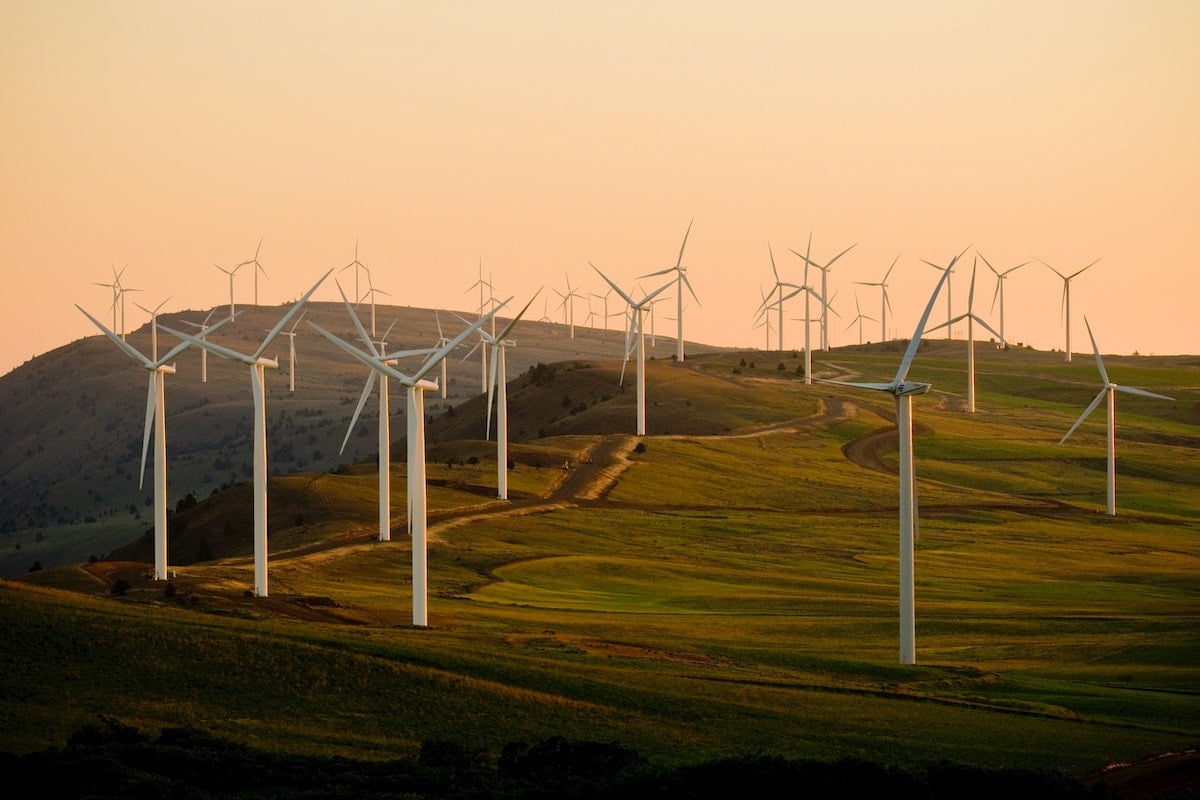As the world looks beyond the coronavirus pandemic, it’s time to shift focus back to humankind’s other existential threat – climate change.
There are striking parallels that can be drawn between the two crises. So how will this current ordeal change the way we approach the climate challenge ahead?
Since COVID-19 bumped climate change off the front pages and much of the world went into lockdown, something remarkable happened – nature took a deep breath and the planet began to heal.
Compared with this time last year, levels of pollution in New York have reduced by nearly 50% because of measures to contain the virus.
In China, carbon emissions fell 25% at the start of the year as people were instructed to stay at home, factories shuttered and coal use fell by 40% at China’s six largest power plants since the last quarter of 2019.
Global air traffic dropped by 60% throughout March and April, and in Europe, satellite images showed nitrogen dioxide emissions fading away over northern Italy, Spain and the UK.
As a result, the coronavirus could trigger the largest ever annual fall in global CO2 emissions in 2020 – a staggering 8% drop from 2019, according to Carbon Brief.
This cut is roughly the year-on-year reduction required to limit warming to less than 1.5C above pre-industrial levels.
As devastating as it has been, the COVID-19 response has shown us that we can make real changes across society in just a short period of time.
What happens when the pandemic ends?
While COVID-19 and its economic repercussions are today’s priority for many governments as we look to boost the economy, we also need to consider tomorrow.
When the pandemic eventually subsides, will carbon and pollutant emissions ‘bounce back’ so much that we lose any or all gains that have been made?
Flights will inevitably resume, factories will fire up and cars will return to the roads as millions of people return to work.
However, governments have a critical choice to make when it comes to how they rebuild their economies in the wake of COVID-19.

They can revert to bad habits by ramping up fossil fuel production and locking in decades of unsustainable, high-carbon development.
Or they can use this as an opportunity to future-proof our economy by shifting to low-carbon and increasingly affordable energy and transport systems that will bring long-term economic benefits.
They can create much-needed jobs through ambitious renewable infrastructure projects, and they can fight two major crises head-on: air pollution and the growing climate emergency.
The mounting body of evidence in support of the latter strategy increases daily.
Bold action on climate change could deliver at least US$26 trillion in net global economic benefits between now and 2030, compared with business-as-usual, according to The New Climate Economy.
This includes creating more than 65 million new low-carbon jobs in 2030, equivalent to the combined workforces of the UK and Egypt today. Coronavirus has given the world a crash course in modern-day crisis management.
Coronavirus has given the world a crash course in modern-day crisis management.
It has shown us in real-time the catastrophic consequences of ignoring the experts, as evidenced by President Trump’s initial downplaying of the threat, predicting the virus would “disappear” like “a miracle”. At the time of writing, coronavirus had killed more than 85,000 people in the US.
The silver lining is that this pandemic has also given us proof that we do have the power to make fundamental changes that improve the health of our planet.
That is why this year, countries must deliver national climate commitments for 2030 aligned with reaching a net-zero-emissions world by 2050 – because we are not invincible.







